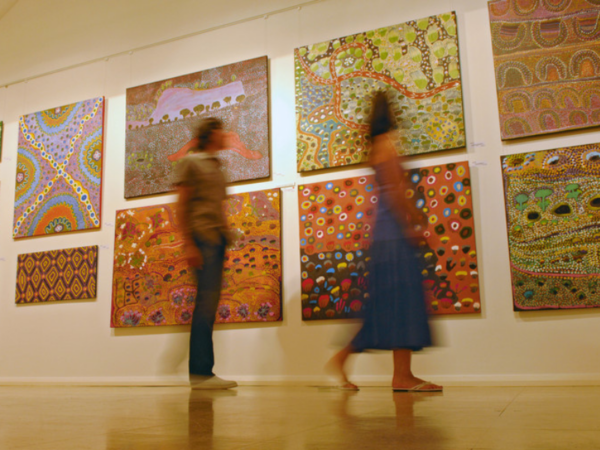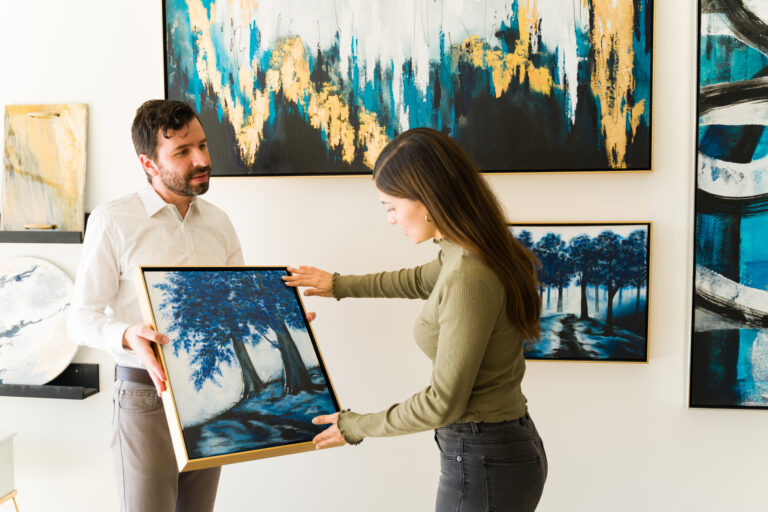Judging art competitions is an art form in its own right. And understanding who the judges are and what the judges are looking for will help ensure your work gets to the top of the list and a share of the prize.
Who are the judges?
Judges in art competitions will usually be high-profile members of the art world. The more prestigious the competition, the more likely you are to recognize the name.
Usually there will be a combination of disciplines, but as a minimum, judges are practicing artist, a gallerist, a critic or a writer.
Do your research on the judges. A brief read of their blog can help you fine-tune your entry or decide which work to submit.
If you are still looking for a bit of help on choosing the right medium, have a look at our guides to entering painting, drawing and photography competitions.
How do they judge?
We usually think of judges sitting around looking at work with pens and pencils in hand, arguing the merits of each work. The reality is that this will only happen once a shortlist has been drawn up. Before that, the judges may look through work at a frighteningly fast rate individually before submitting the work they like for further review and discussion.
For example the Royal Society’s Summer Exhibition 2024, which will be showing several hundred works in London this year began the judging process by reviewing digital images of the submitted artworks. Judges then shortlisted around 4,000 entries.
Ensure your work is professionally presented: Images of your work should be well taken with clear detail to maximize its visual appeal.

What are the judges looking for?
Most competitions will set out exactly what they want from the winning entries. They might want originality, a unique twist or a clear mastery of the medium.
Other things competitions are looking for:
- Work that excites them
- Something they haven’t seen before
- A clear knowledge and understanding of the medium and material used
- Something that will sell
- Something that can be displayed on a wall (or plinth)
- Work that will showcase their organization, whether a gallery, publication or society
Read the full entry information fully and several times to pull out the important information.
What do the judges say?
Words like original, unique, powerful, striking, masterful and stand-out often find their way into the judges’ comments in competitions. Looking at what the judges said in a previous competition will give you as much an idea of what the judges are looking for as looking at last year’s winners (although you should always do that to).
Read any comments from judging panels about winning work. Pay particular attention to any choice awards that have been chosen for popularity.

Common reasons your work isn’t chosen
Judging panels rarely offer any feedback to why work wasn’t chosen. With hundreds of entries to sift through, it is unrealistic for them to say more than “didn’t like it” or “not good enough” — and no one wants to hear that!
But some of the common reasons your work may have been rejected is preventable. Among those reasons:
- Work is the wrong size
- Work is the wrong medium
- The entrant isn’t eligible (geography, age group, etc.)
- Work hasn’t been produced in the correct timeframe
- The images aren’t good enough to get a sense of the work
- Art is obscured by intricate frames or put into a setting
- Work isn’t available for sale
Check before you enter that you meet all the requirements, but also check afterwards if it is rejected.

Don’t take it personally
Each year, the same competitions will have different judges with different ideas of what meets the criteria. Don’t be disappointed by any failures, look at what did win, what the judges said about it and how your work compares. Be honest!
If it all sounds a bit scary, start small and follow our guide to monthly competitions that will raise your profile.
You can also plan ahead with our list of annual competitions.
Remember to sign up for our free newsletter, which features new competitions weekly.







